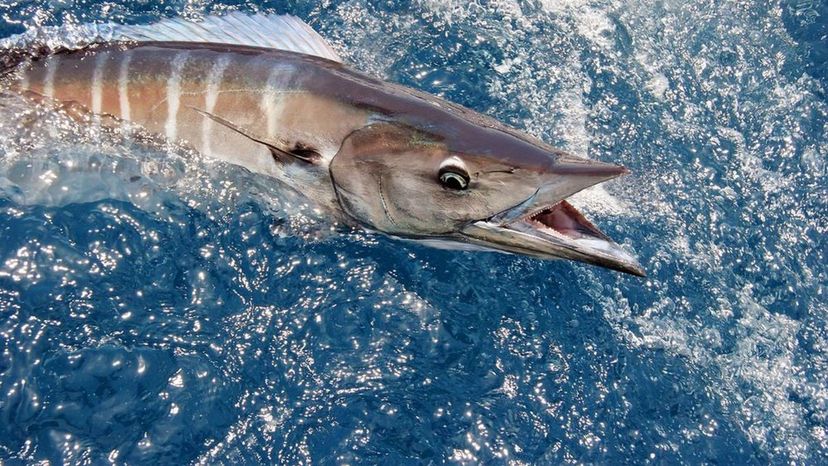
About This Quiz
Think your deep sea fish game is on point, huh?! Well, now is the time to prove it! This charter leaves ... now!
Ain't nothin' like the break of dawn, a fresh cup of coffee and some muffins the Mrs. sent you off with. Boys and girls, it's fishin' time! You're on the water, cruisin' at top speeds miles off the coast to the special place where you know the fish feel the need - the need to bite that bait! The sun rises high over the horizon and before you know it, you're at the stern. You cast that line out into the water, sippin' a cold one, soakin' bait, and all of a sudden.... WHOAAA!!! FISH ON!!!! They strap you in, this thing is putting up a fight! Don't give up! What is it? What is it?! This ain't no breezer, holy mackerel it's gotta be 70 pounds! Think you have what it takes to reel it in?
Or should we say ... think you have what it takes to name that fish!? The time has come for this ultimate deep sea fish quiz. We'll show you a photo, you tell us the fish! Only the strongest will prevail. We wish you tight lines!

The blue marlin is part of the genus Makaira in the Istiophoridae family. Its relatives are the Atlantic blue and Indo-Pacific blue marlins!
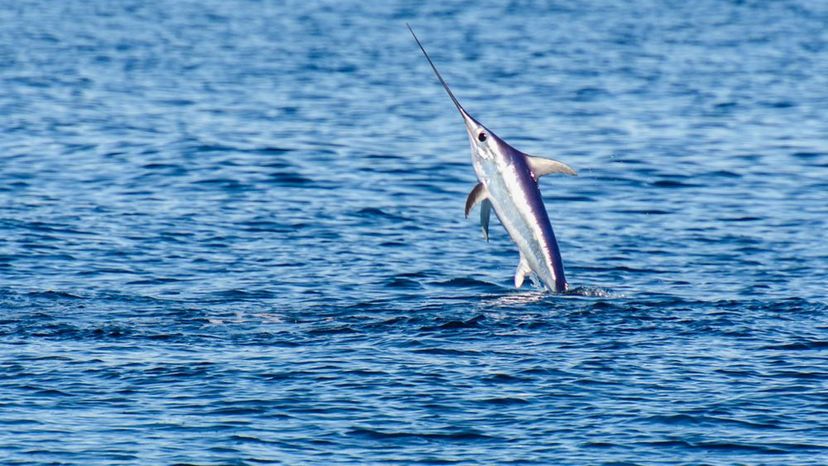
Swordfish as also known as broadbills and can be found in tropical and temperate waters around the world. Did you know that they actually lose all of their teeth and scales by adulthood?
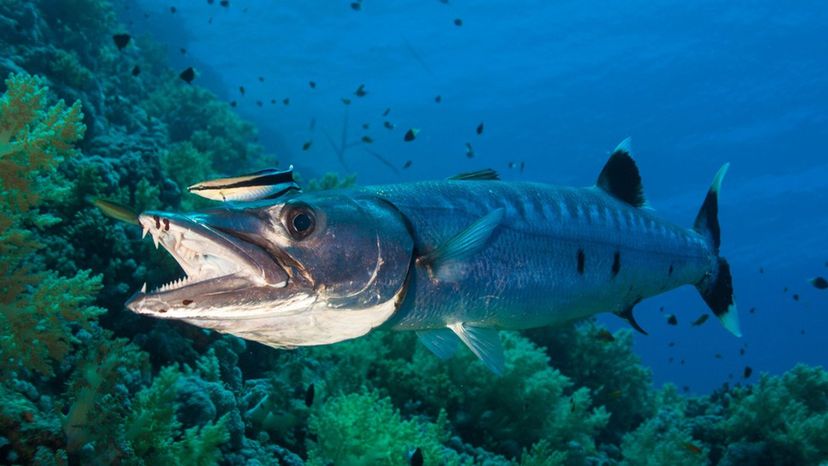
The barracuda is a ray-finned fish known for its large size, fearsome appearance and ferocious behavior. It was named by biologist Constantine Samuel Rafinesque in 1815.
Advertisement
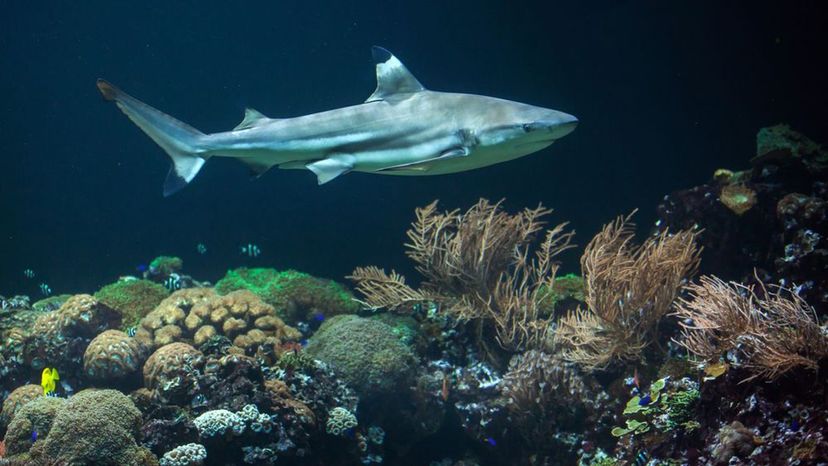
The blacktip shark has a stout, fusiform body with a pointed snout, long gill slits, and no ridge between the dorsal fins. These fish are typically 4.9 feet long!
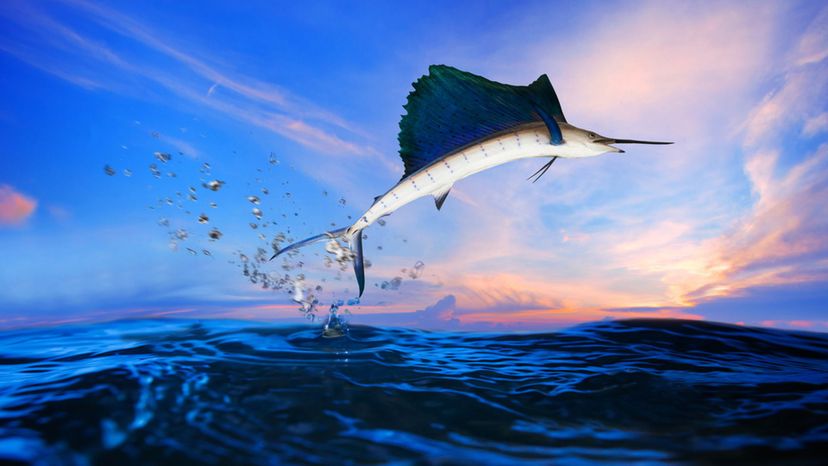
Did you know that the Atlantic sailfish is related to the marlin? It is found in the Atlantic Ocean and Caribbean Sea and can sprint up to 68 miles per hour!
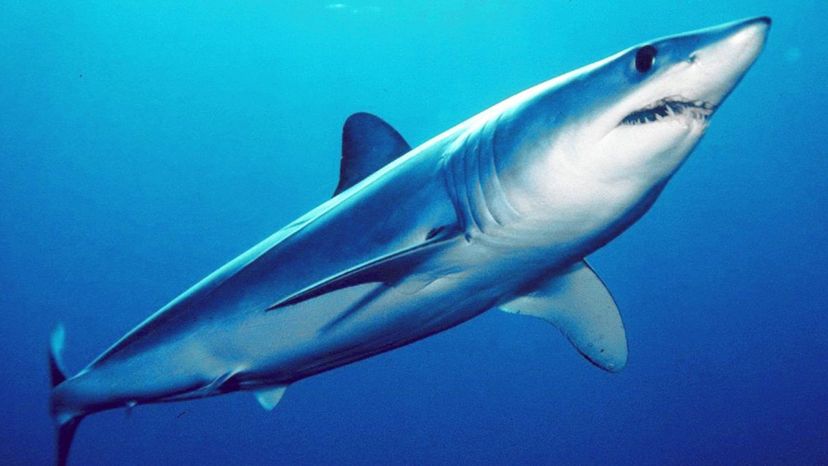
Did you know that Mako sharks are capable of swimming at speeds up to 37 miles per hour? They can also jump high into the air, so look out!
Advertisement
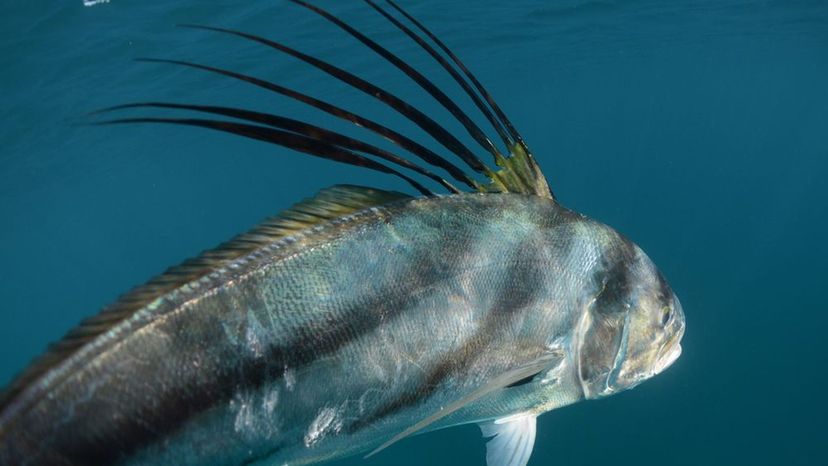
Roosterfish is popular as a game fish, but it is not considered a good eating fish. Catch and release is strongly recommended!
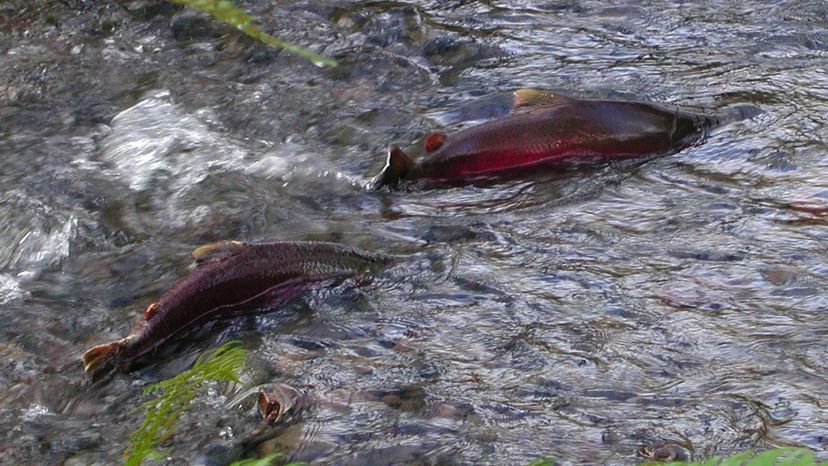
Coho salmon are also known as silver salmon or "silvers". They are one of the most popular sport fish in the Pacific Northwest of the United States and Canada.
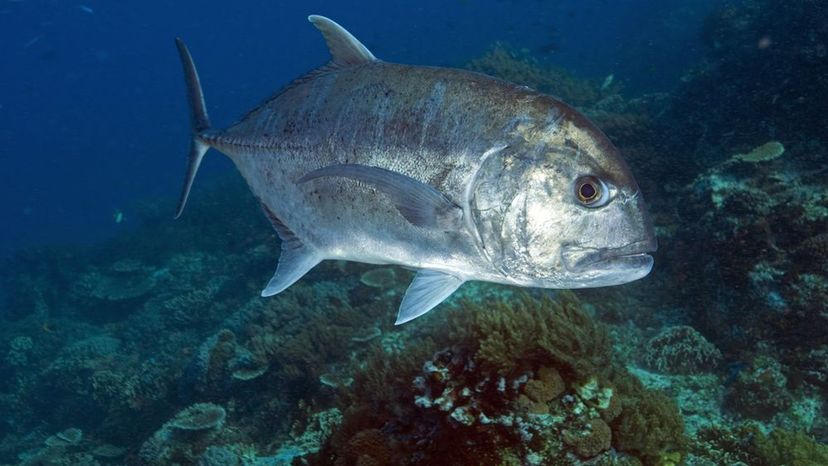
The giant trevally is distinguished mainly by its steep head profile and strong tail scutes. It is normally a silvery color with occasional dark spots, but males may be black once they mature.
Advertisement
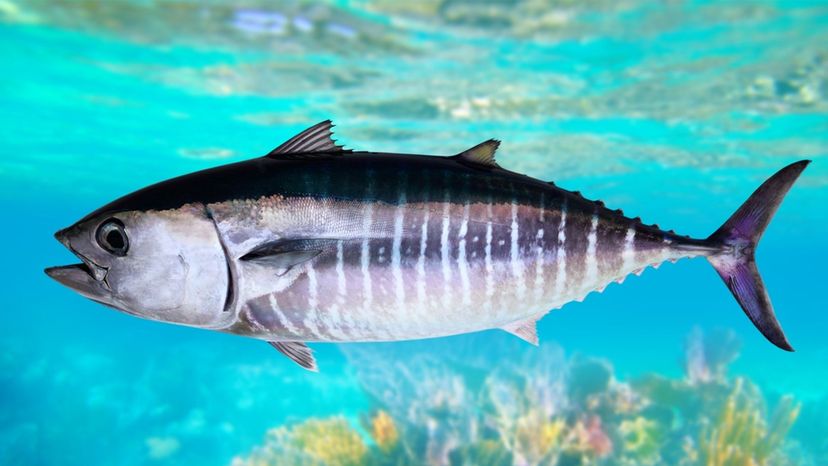
Bluefin tuna are native to both the western and eastern Atlantic Ocean, as well as the Mediterranean Sea. But did you know that they have become extinct in the Black Sea?
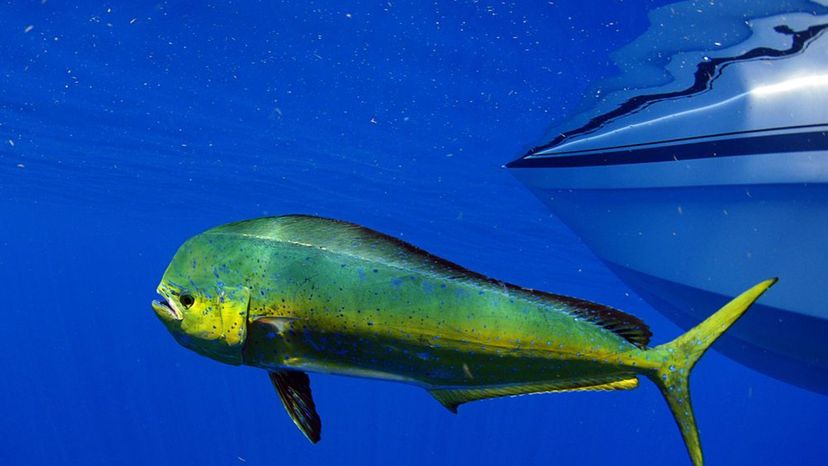
Mahi-mahi are highly sought for sport fishing and commercial purposes. Sport fishermen love to catch them because of their beauty, size, food quality and healthy population!

Wahoo is a scombrid fish found worldwide in tropical and subtropical seas. It is best known to sports fishermen who love it for its speed and high-quality flesh.
Advertisement
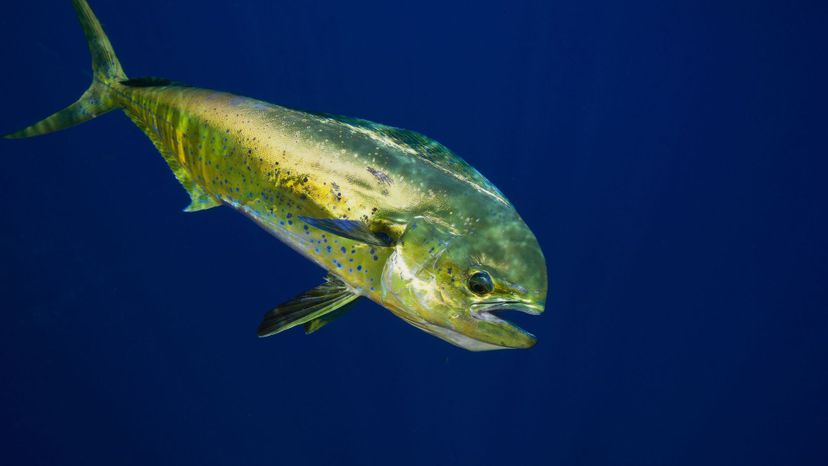
The common dolphinfish is known by many aliases, including Dorado and mahi-mahi! This species is beautifully colored – typically bright, blue, green and gold. It lives in tropical waters around the world and is a favorite target of both sport and commercial fisheries.
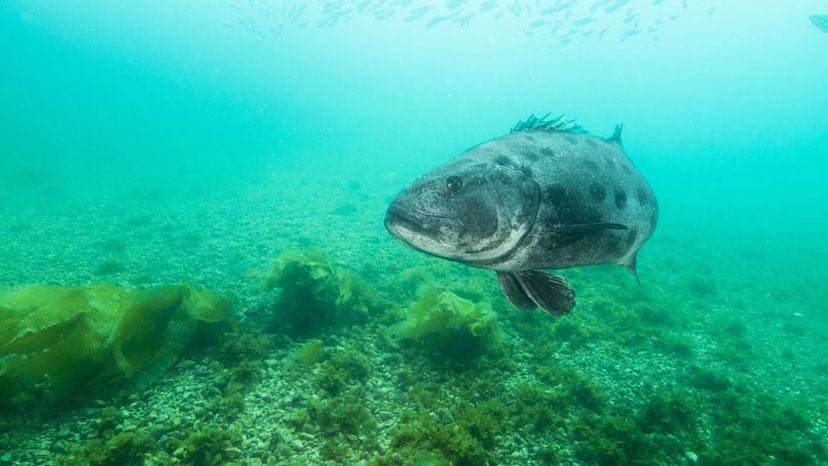
Looking to catch yourself some sea bass? Use live bait! Mullet, sardines, mackerel, eels, croakers and even small crabs with their shells cracked have been to known as the best bait to reel those bass in!
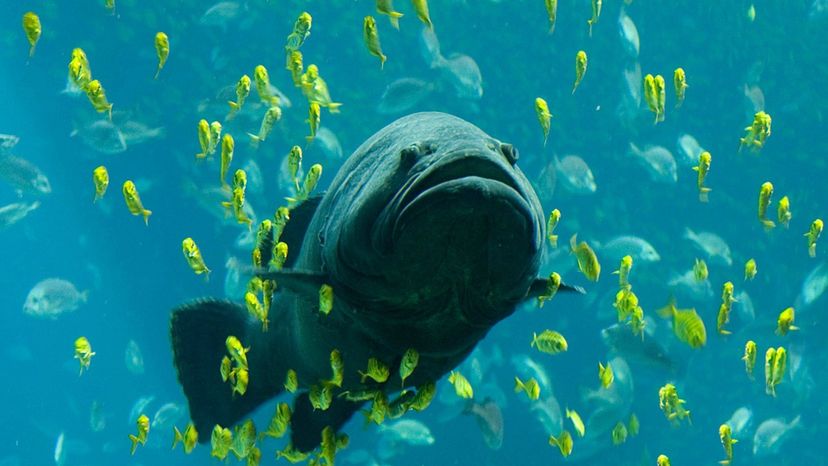
Groupers tend to have a stout body and large mouth. Did you know that they don't bite their prey? Rather they swallow them whole - octopuses and crustaceans to name a few!
Advertisement
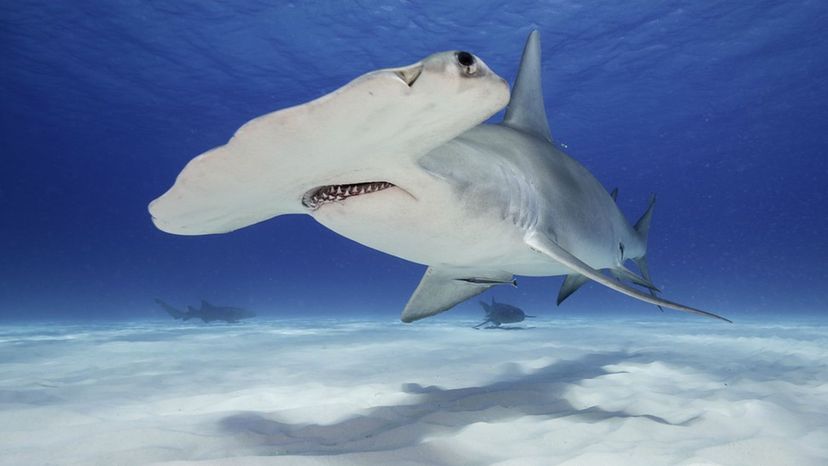
Unlike most sharks, hammerheads tend to swim in schools during the day, but go off on their own at night to hunt for prey! In 2018, a 14-foot long hammerhead was caught off of the coast of Corpus Christi, Texas!
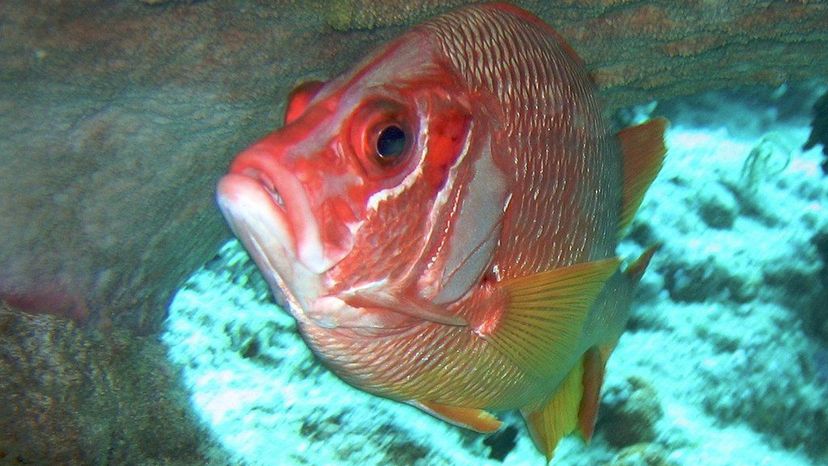
Want to catch some snapper? Head to the deep waters of the northern Gulf of Mexico! Although it can contain higher levels of mercury, it is a low-calorie fish to eat and a great source of protein too!
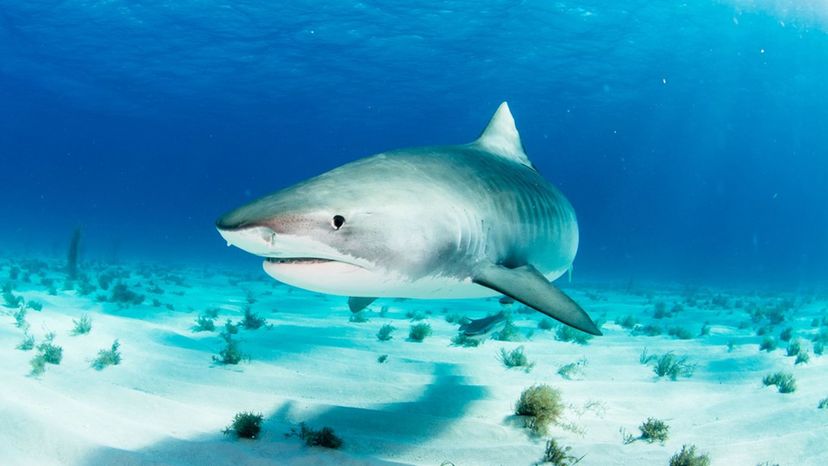
Tiger sharks get their name from the dark stripes down their body, resembling a tiger's pattern. These stripes fade, though, as the shark grows older. They are found in tropical and temperate waters.
Advertisement
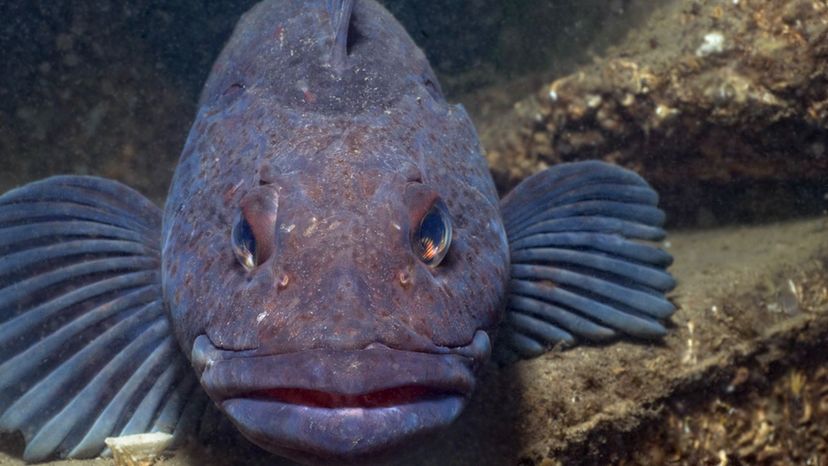
Neither cod, nor ling, the ling cod is known as an exceptionally good eating fish! In fact, many chefs prefer it over halibut!
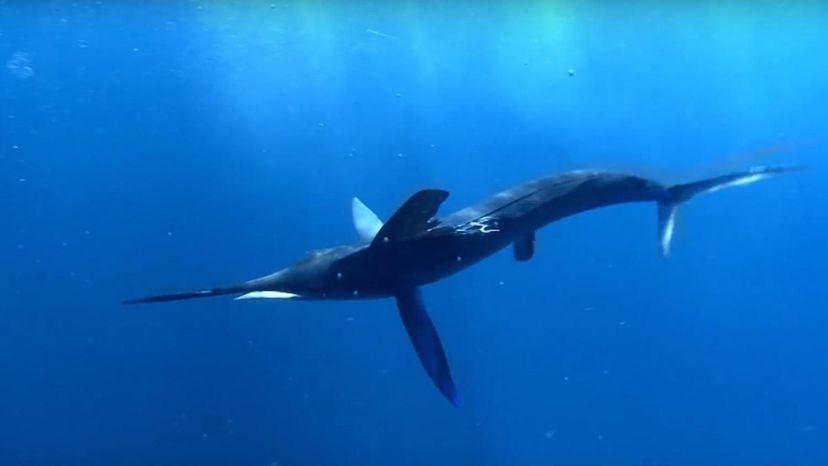
Ahh, the white marlin! It is a billfish that lives in the epipelagic zone of the tropical and subtropic Atlantic Ocean. They are most frequently found in waters that are more than 100 meters deep!
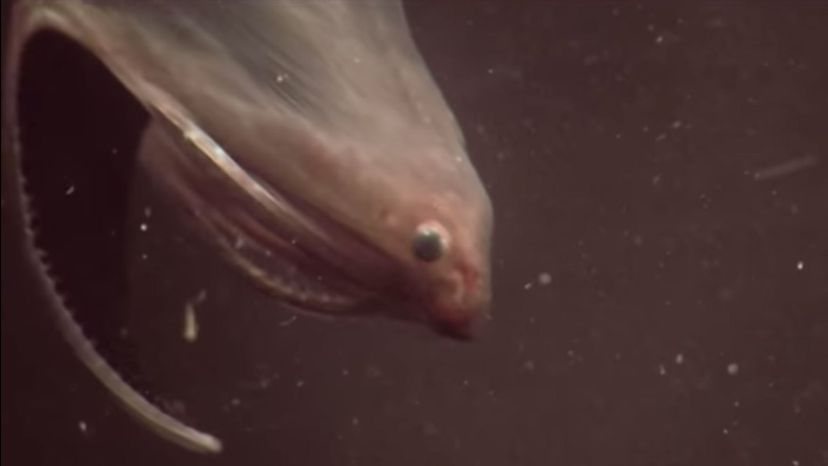
If you answered this question correctly, kudos to you ... pelican eel are not often seen by humans! They are a deep sea fish that occasionally get caught in fishing nets ... for other fish!
Advertisement
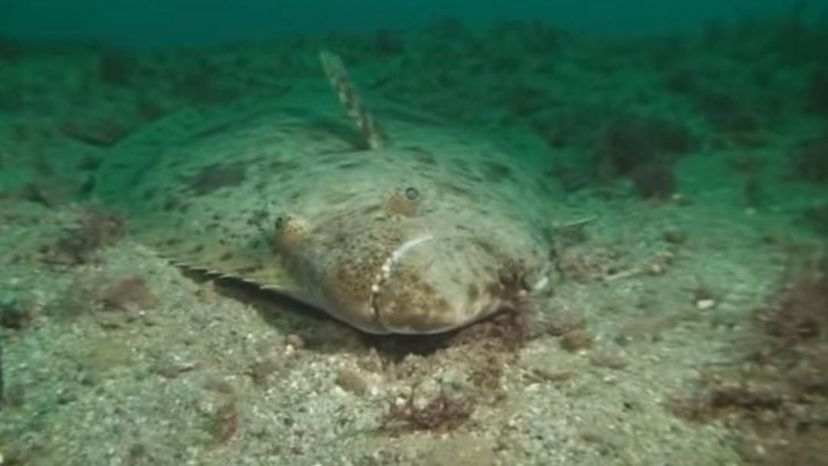
Want to know where halibut gets its name? It is derived from the word 'haly' meaning "holy' and 'butte' meaning flat fish! It is a popular fish eaten especially on Catholic holy days!
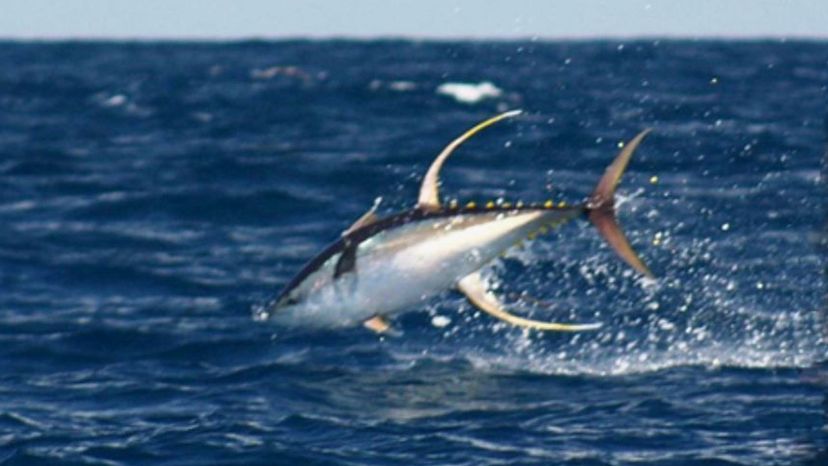
Yellowfin tuna is closely related to the bigeye tuna. In Hawaii, it is marketed as ahi. Nowadays, fishermen use encircling nets to catch them!
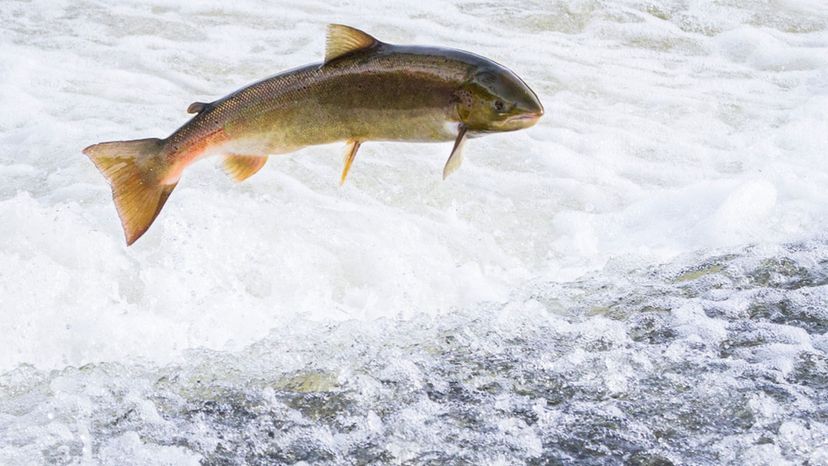
Atlantic salmon have long been a target of recreational and commercial fishing. They are native to the northern Atlantic Ocean, but thanks to humans, they are now found in the north Pacific Ocean as well.
Advertisement
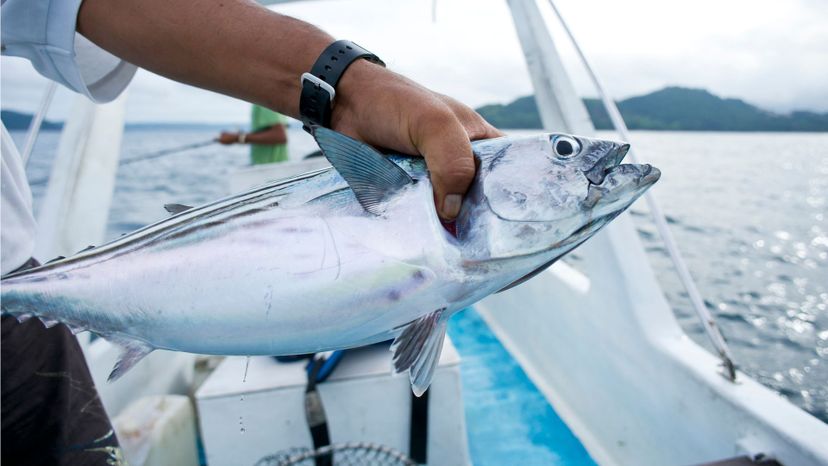
The skipjack tuna is also known as the aku, arctic bonito, mushmouth, oceanic bonito, striped tuna and victor fish. It grows up to three feet in length and is found in tropical and temperate waters.
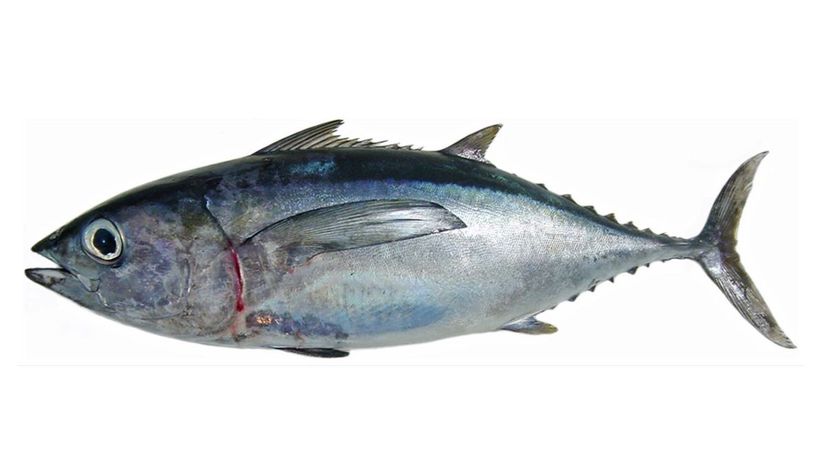
Blackfin tuna have oval-shaped bodies, black backs with a slight yellow on the finlets, and yellow on the sides of their bodies. They are found in the western Atlantic from Martha's Vineyard down to Brazil, including the Caribbean Sea and Gulf of Mexico!
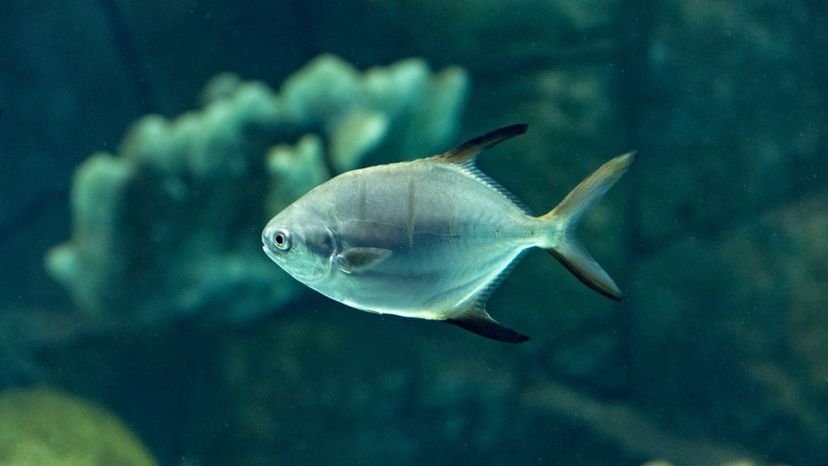
The permit is a big game fish of the western Atlantic Ocean. Adults feed on crab, shrimp and other small fish.
Advertisement
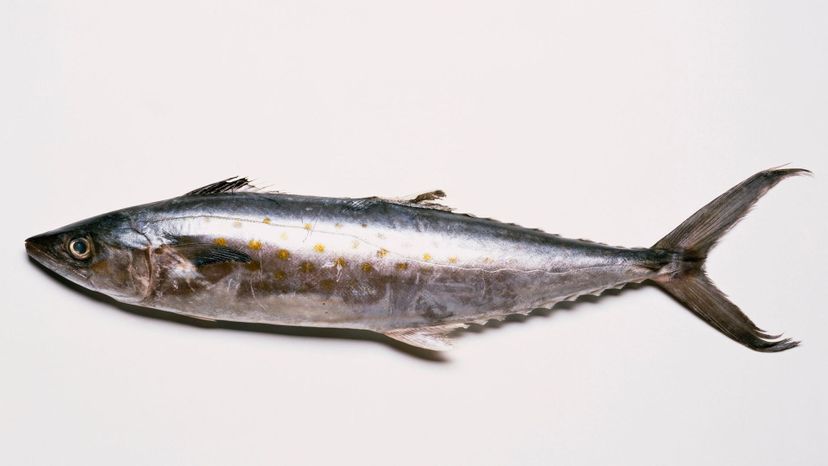
Yes, king fish IS king mackerel! Did we fool you?! King fish is a low in fat, healthy source of omega-3 fatty acids and is packed with protein. Eat up!
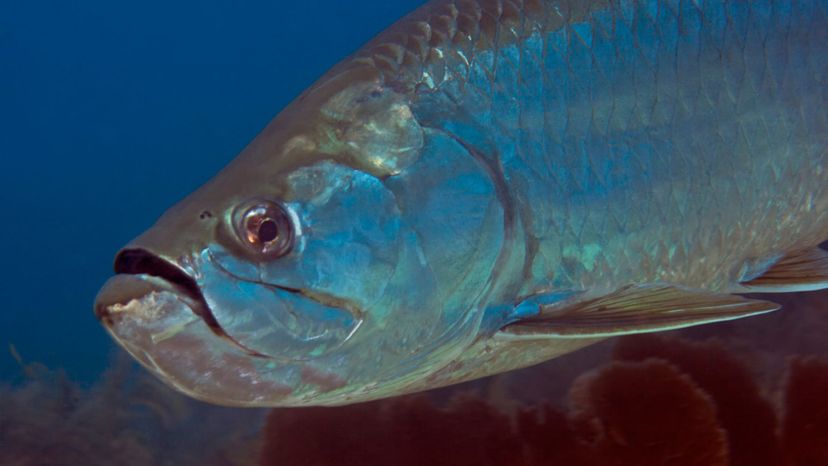
Did you know that tarpons feed mostly on schooling fish, shrimp and occasionally crabs? And here's another fun fact - these fish are capable of filling their swim bladder with air, acting like an extra lung!
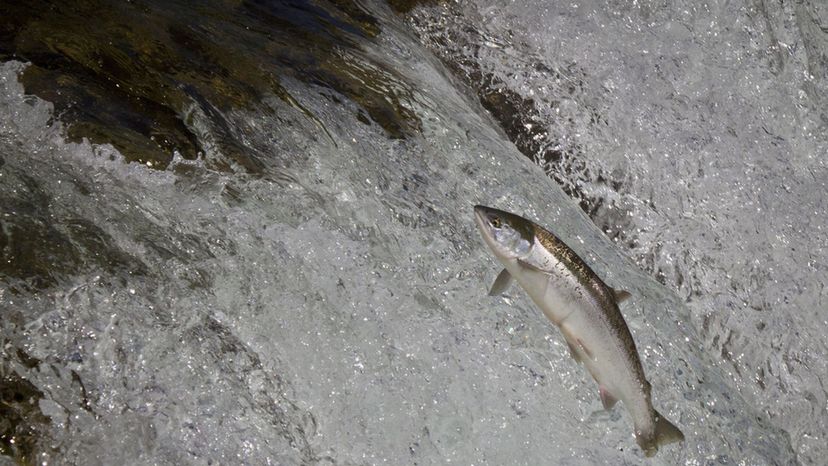
Did you know that king salmon spend between 1 and 8 years in the ocean before returning to their natal streams to spawn? Salmon are one of four species of animals that die soon after giving birth!
Advertisement
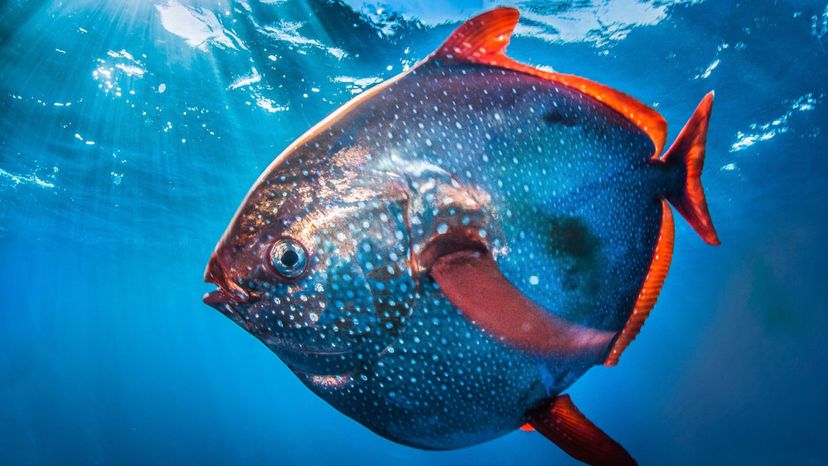
Known as moonfish or sunfish, Opahs are large, colorful fish widely found in the Southern Ocean of the globe. Did you know that Opahs were the first fish found to have a warm heart?
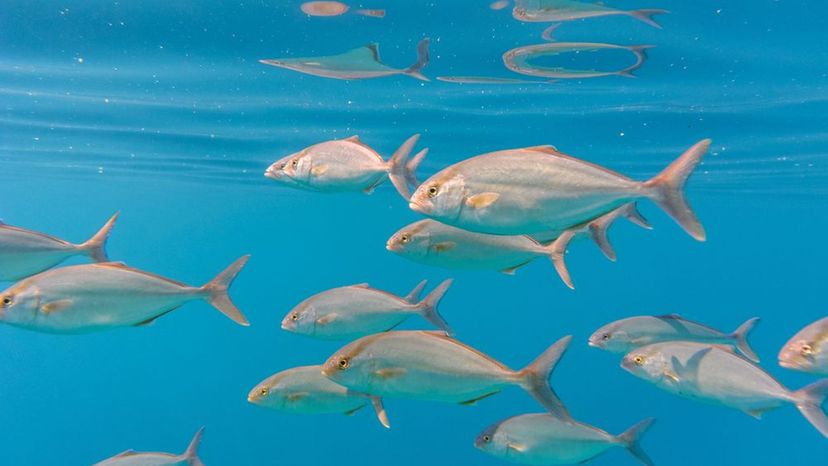
Amber jacks are game fish found in the warmest parts of the ocean. They are known for having a very mild taste with no real taste of its own, just that of any seasoning used to prepare it!
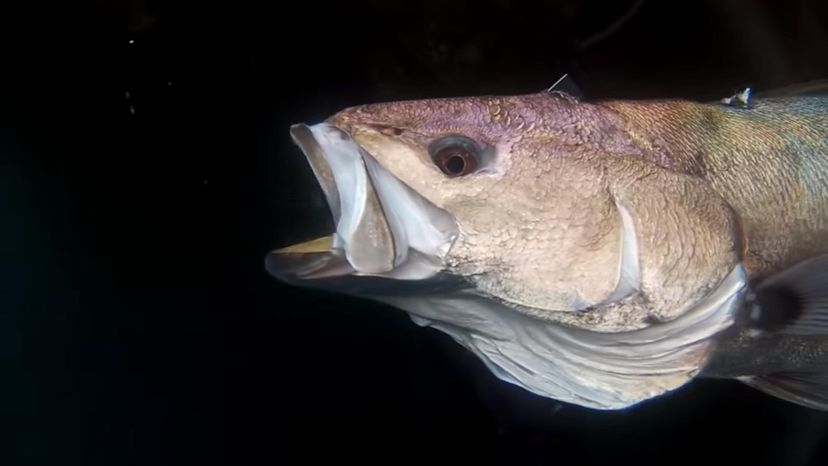
White seabass is also known as white weakfish. It is found near Magdalena Bay, Baja, California all the way to Juneau, Alaska.
Advertisement
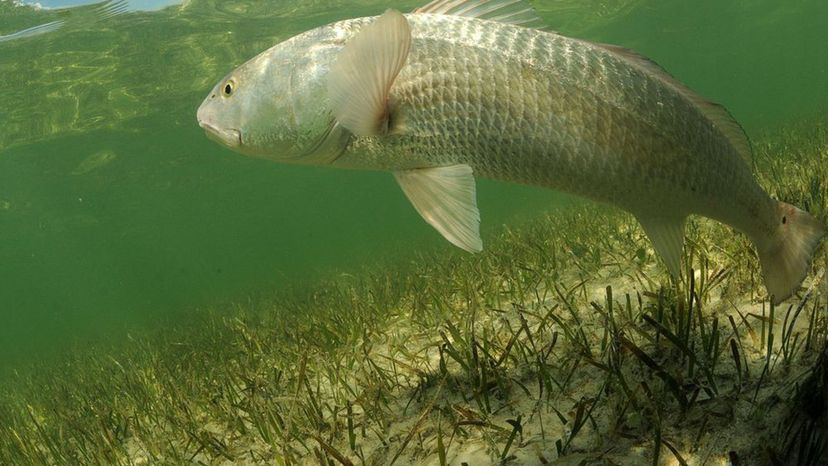
If you've ever caught and cooked a redfish, you know that it has a mild, sweet flavor with a medium-firm texture. It's not as firm as shark or swordfish, but it's not as flaky as flounder!
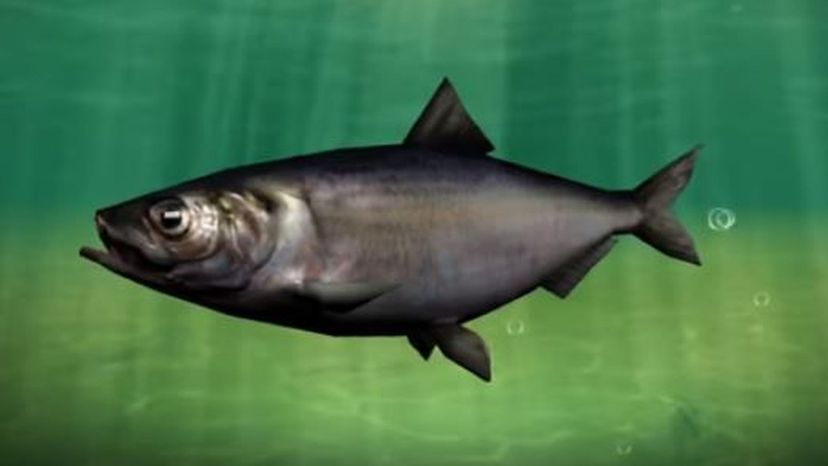
Herring are oily fish that have a long history as a "food fish". They can be caught in temperate waters in the North Pacific, North Atlantic and Baltic Sea, as well as the Arabian Sea, Indian Ocean and Bay of Bengal. They are often salted, smoked or pickled!
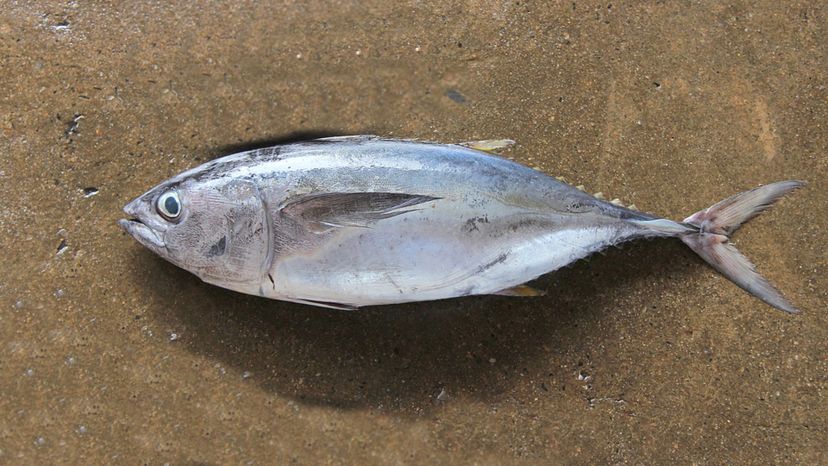
Bonitos are related to mackerel and tuna. They have a moderate fat content and are sometimes used as a less expensive substitute for skipjack tuna.
Advertisement
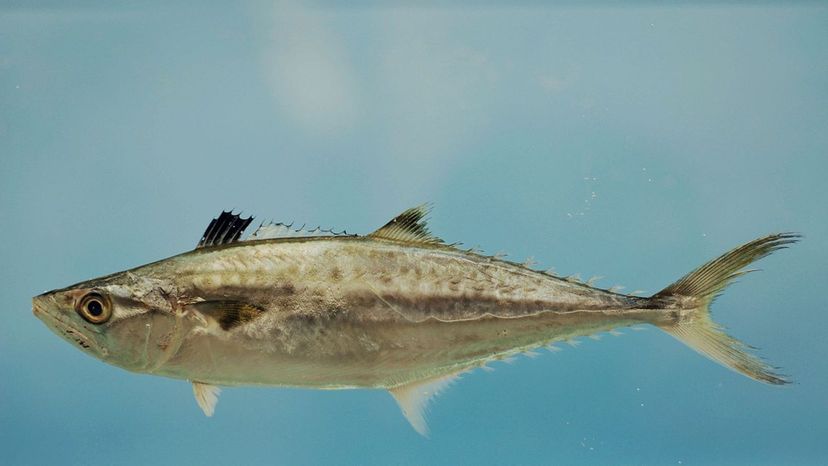
The blue grenadier is a migratory species of mackerel of the western Atlantic Ocean and Gulf of Mexico. It is one of the most sought-after gamefish from North Carolina to Texas!
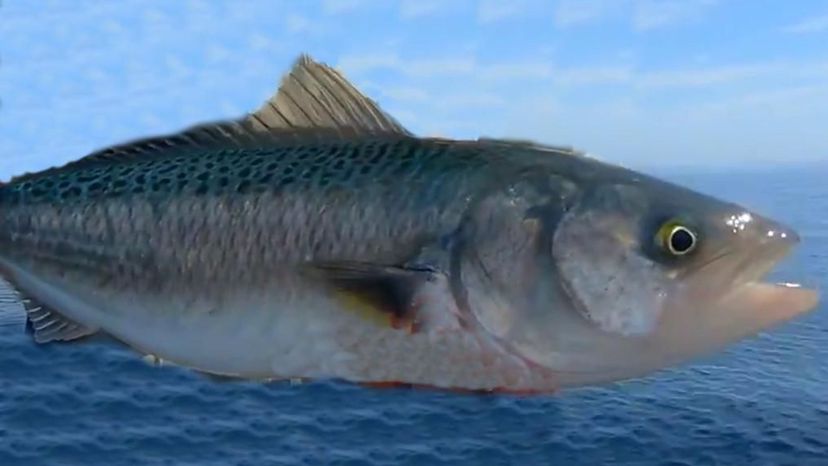
Kahawai are found in the cooler waters of Australia and New Zealand. The word Kahawai is the traditional Maori name which translates to "brave" or "strong" water - referring to the fight the fish give upon catching!

Bigeye tuna are found in the open waters of all tropical and temperate oceans, except the Mediterranean Sea! Did you know that they can grow up to 8 feet in length and can weigh nearly 400 pounds?
Advertisement